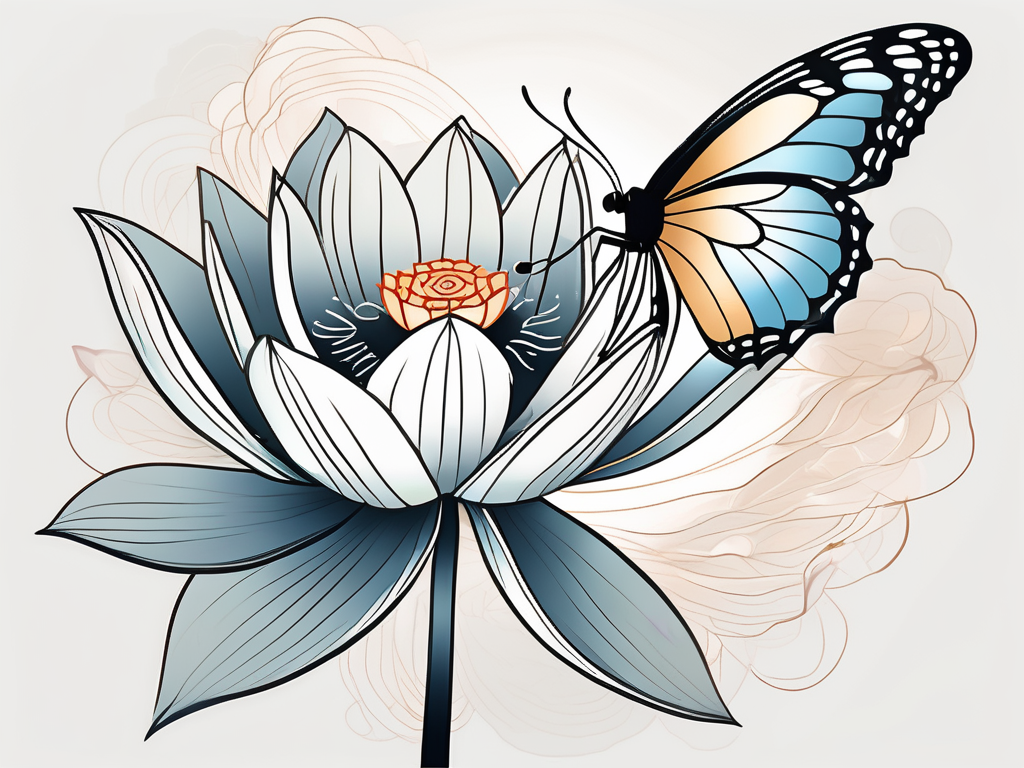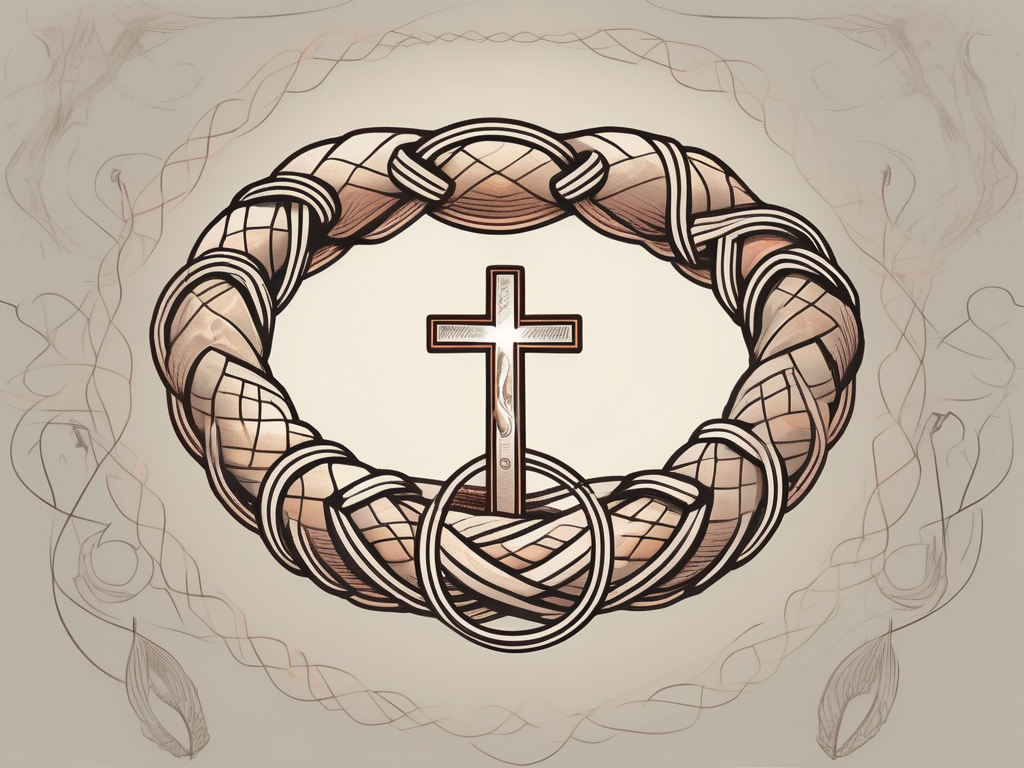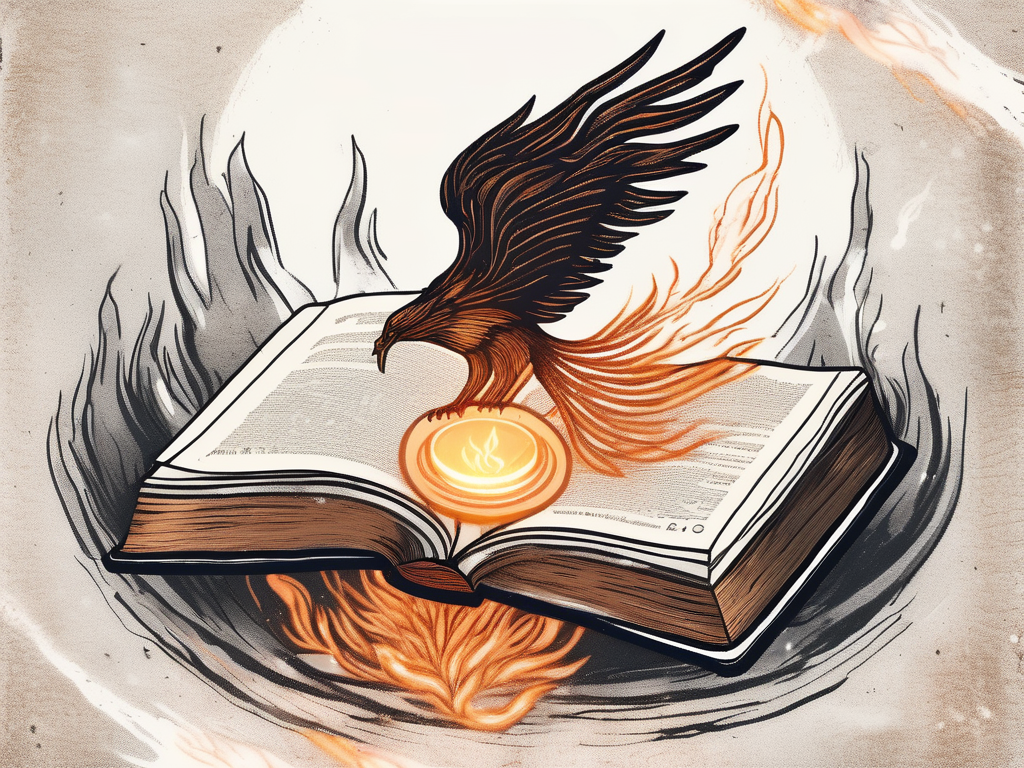In Buddhism, death is seen as a natural part of the cycle of life. It is not viewed with fear or anxiety, but rather as an opportunity for spiritual growth and liberation. Understanding the concept of death in Buddhism can provide insight into the nature of our existence and guide us on the path to enlightenment.
Understanding the Concept of Death in Buddhism
From a Buddhist perspective, life and death are interconnected and continuous. Death is not seen as the end, but rather as a transition to another state of being. This concept is rooted in the belief of reincarnation and the cycle of birth, death, and rebirth, known as Samsara.
In Buddhism, the understanding of death goes beyond the physical cessation of life. It encompasses the idea that death is a natural part of the ever-changing nature of existence. Just as the seasons change and flowers bloom and wither, life follows a similar pattern. This understanding allows Buddhists to approach death with acceptance and equanimity.
The Buddhist Perspective on Life and Death
In Buddhism, life is characterized by impermanence. Everything in the universe is subject to change and eventually comes to an end. This includes our physical bodies, thoughts, emotions, and experiences. By recognizing the impermanence of life, we can learn to let go of attachments and find peace in the present moment.
When it comes to death, Buddhists believe that it is merely a transition from one form of existence to another. Just as a caterpillar transforms into a butterfly, death is seen as a transformative process. It is an opportunity for the individual to shed their old self and be reborn into a new life.
Furthermore, Buddhism teaches that death is not an isolated event but rather part of an ongoing cycle. Just as day follows night and spring follows winter, death is followed by rebirth. This understanding brings a sense of continuity and interconnectedness to the Buddhist perspective on life and death.
The Role of Karma in Death and Rebirth
Karma, the law of cause and effect, plays a crucial role in the process of death and rebirth. According to Buddhist teachings, our actions, thoughts, and intentions create imprints that influence our future lives. Positive actions lead to favorable circumstances, while negative actions result in suffering and unfavorable rebirths.
Understanding the role of karma in death and rebirth allows Buddhists to take responsibility for their actions and make conscious choices that lead to positive outcomes. By cultivating wholesome intentions and engaging in virtuous actions, individuals can accumulate positive karma, which can lead to a more favorable rebirth in their next life.
However, Buddhism also emphasizes that karma is not deterministic. While past actions have consequences, individuals have the capacity to change their karma through mindful and compassionate living. By practicing mindfulness, cultivating loving-kindness, and engaging in acts of generosity, Buddhists can purify their karma and create the conditions for a more peaceful and enlightened existence.
In conclusion, the concept of death in Buddhism goes beyond the physical realm. It is seen as a natural part of the ever-changing nature of existence, and death is viewed as a transition to another state of being. Understanding the impermanence of life and the role of karma allows Buddhists to approach death with acceptance and equanimity, while also taking responsibility for their actions and striving for positive rebirths.
The Process of Death and Rebirth
Death is not an abrupt event but a process that unfolds in stages. The journey between death and rebirth is known as the Bardo, the intermediate state. It is believed to be a crucial opportunity for spiritual liberation.
During the Bardo, the individual goes through a series of experiences and encounters that shape their path towards the next phase of existence. Let’s explore the stages of the Bardo in more detail:
The Bardo: The Intermediate State
- The first stage of the Bardo is the moment of death itself. As the physical body begins to undergo dissolution, the consciousness starts to separate from it. This separation marks the beginning of a profound transition.
- Following the separation, the consciousness enters the stage known as the “bardo of dharmata.” In this state, the individual experiences a heightened sense of pure awareness. The consciousness becomes untethered from the physical realm and encounters a series of visions and illusions.
- The final stage of the Bardo is the “bardo of becoming.” In this phase, the consciousness seeks a new rebirth. The direction of this rebirth is influenced by the karmic imprints accumulated throughout one’s life. The actions, intentions, and thoughts of the individual play a crucial role in determining their future existence.
These visions and illusions can be both awe-inspiring and terrifying. The individual may witness celestial beings, heavenly realms, or even hellish realms. These experiences are not mere hallucinations but reflections of the individual’s own mind and the karmic imprints that have shaped their existence.
During the bardo of becoming, the individual may feel a strong pull towards certain realms or states of being. Their desires, attachments, and unresolved emotions can greatly influence the trajectory of their rebirth. It is a critical moment for self-reflection and the opportunity to break free from the cycle of suffering.
The Cycle of Samsara: Birth, Death, and Rebirth
Samsara, the cycle of birth, death, and rebirth, is a fundamental concept in Buddhism. It refers to the continuous process of existence and the inherent suffering within this cycle. The cycle of Samsara is characterized by the repetitive patterns of birth, aging, illness, and death.
Breaking free from Samsara is the ultimate goal of Buddhist practice. It is the path towards liberation from suffering and the attainment of enlightenment. By understanding the nature of existence and the impermanence of all things, individuals can cultivate wisdom, compassion, and detachment.
Through the practice of mindfulness, meditation, and ethical conduct, one can transcend the limitations of Samsara and reach a state of awakening. This state, known as Nirvana, is the cessation of suffering and the realization of one’s true nature.
By embracing the process of death and rebirth, individuals can deepen their understanding of the impermanence of life and cultivate a sense of urgency in their spiritual journey. The Bardo becomes a transformative opportunity, a gateway to liberation, and a reminder of the preciousness of every moment.
The Buddhist Path to Liberation from Death and Rebirth
Buddhism offers a profound and transformative path to liberation from the cycle of birth and death. This path is guided by the Four Noble Truths and culminates in the realization of Nirvana, the ultimate liberation.
Embarking on the Buddhist path means recognizing the fundamental truth of suffering and the impermanence of all things. It is an acknowledgement that life, with all its joys and sorrows, is inherently marked by the presence of suffering. However, Buddhism does not dwell on the negative aspects of existence; rather, it offers a way to transcend suffering and find lasting peace.
The Four Noble Truths and the End of Suffering
- The first Noble Truth acknowledges the existence of suffering in life. It reminds us that no matter how much we try to cling to pleasure and avoid pain, suffering is an inevitable part of the human experience. By accepting this truth, we can begin to explore the causes of suffering and seek a way out.
- The second Noble Truth explores the causes of suffering, which are primarily rooted in attachment and craving. It teaches us that our desires and attachments lead to a never-ending cycle of dissatisfaction and discontentment. By understanding the nature of our desires and letting go of attachment, we can alleviate suffering and find true freedom.
- The third Noble Truth offers the hope that there is an end to suffering. By eliminating attachment and craving, we can achieve liberation from the cycle of birth and death. This truth reminds us that we have the power to break free from the chains of suffering and find lasting happiness.
- The fourth Noble Truth outlines the Eightfold Path, which provides guidance on ethical conduct, mental cultivation, and wisdom, leading to the cessation of suffering and the attainment of enlightenment. This path encompasses right understanding, right intention, right speech, right action, right livelihood, right effort, right mindfulness, and right concentration. By following this path, we can cultivate a mind that is free from suffering and attain the ultimate goal of liberation.
As we delve deeper into the teachings of Buddhism, we realize that the Four Noble Truths are not mere philosophical concepts, but practical tools for transforming our lives. They serve as a roadmap, guiding us towards a state of profound inner peace and liberation.
Nirvana: The Ultimate Liberation
Nirvana is the ultimate goal in Buddhism. It is a state of liberation characterized by the cessation of suffering and the realization of ultimate truth. In the pursuit of Nirvana, we strive to break free from the cycle of birth and death, transcending the limitations of our mortal existence.
Nirvana is often described as the extinguishing of the flames of desire, attachment, and ignorance. It is a state of complete freedom from the endless cycle of craving and aversion that keeps us trapped in Samsara, the cycle of birth, death, and rebirth. Attaining Nirvana means freeing oneself from the relentless cycle of existence and achieving ultimate peace and enlightenment.
While Nirvana is often portrayed as an abstract concept, it is not something that can only be experienced after death. In fact, Buddhism teaches that Nirvana can be realized in this very life. It is a state of mind that can be cultivated through the practice of meditation, ethical conduct, and the development of wisdom.
As we progress on the Buddhist path, we gradually let go of our attachments, desires, and illusions. We learn to live in the present moment, fully aware of the impermanence of all things. In this state of mindfulness and wisdom, we begin to experience glimpses of Nirvana – moments of profound peace, clarity, and liberation.
Ultimately, the journey towards Nirvana is a deeply personal one. It requires dedication, self-reflection, and a sincere commitment to inner transformation. But for those who embark on this path, the rewards are immeasurable – a life free from the shackles of suffering, a mind at ease, and a heart filled with boundless compassion and love.
Preparing for Death in Buddhist Practices
Buddhism offers practices that can help individuals prepare for death and navigate the process of dying with grace and mindfulness.
Mindfulness and Meditation
Practicing mindfulness and meditation allows individuals to cultivate awareness and acceptance of the impermanence of life. By training the mind to stay present and observe the ever-changing nature of reality, one can develop equanimity and peace in the face of death.
Buddhist Funeral Rites and Rituals
Funeral rites and rituals play an important role in Buddhist communities. These practices aim to honor the deceased, provide support and comfort to the grieving, and create conditions for a favorable rebirth. They often involve chanting, offering of incense, and prayers for the deceased’s spiritual journey.
Frequently Asked Questions about Death in Buddhism
How Does Buddhism Address Fear of Death?
Buddhism teaches that fear of death arises from attachment and ignorance. By understanding the nature of impermanence and the interdependence of all things, we can reduce our fear and anxiety about death. Cultivating mindfulness, compassion, and wisdom can also help individuals embrace death as a natural part of the cycle of life.
What Does Buddhism Say About the Afterlife?
Buddhism posits that existence continues after death in various forms. The specific nature of the afterlife depends on one’s accumulated karma. Positive actions can lead to rebirth in higher realms, while negative actions can result in rebirth in lower realms. However, the ultimate aim is to break free from the cycle of rebirth and attain enlightenment, transcending the limitations of the afterlife.
In conclusion, death in Buddhism is viewed as a transformative process rather than an endpoint. Understanding the concept of death, the role of karma, and the process of death and rebirth can guide us on the path to liberation. By practicing mindfulness and meditation, engaging in appropriate funeral rites and rituals, and seeking wisdom through the Four Noble Truths, we can prepare ourselves for death and cultivate peace and liberation in this life and the next.












